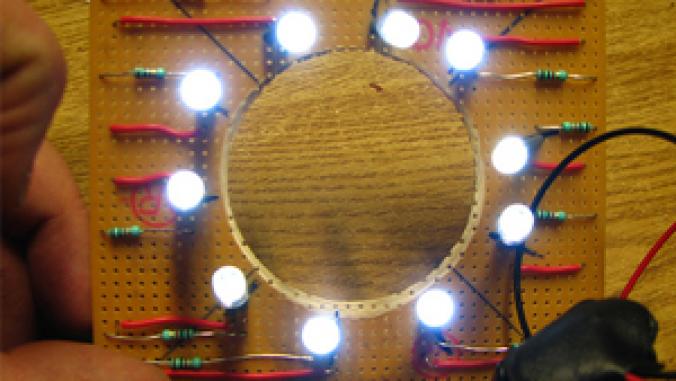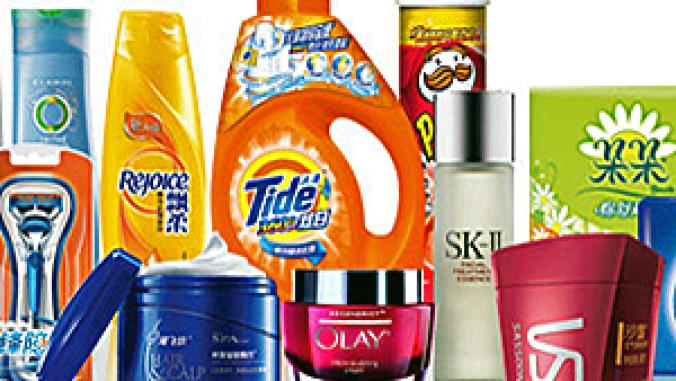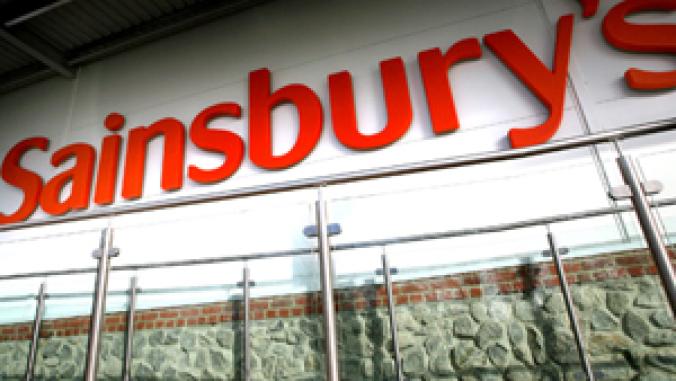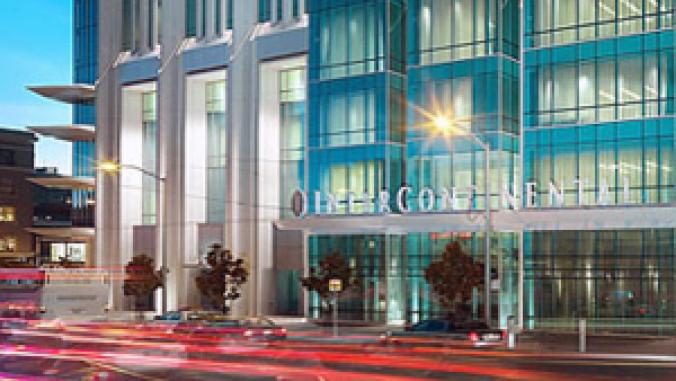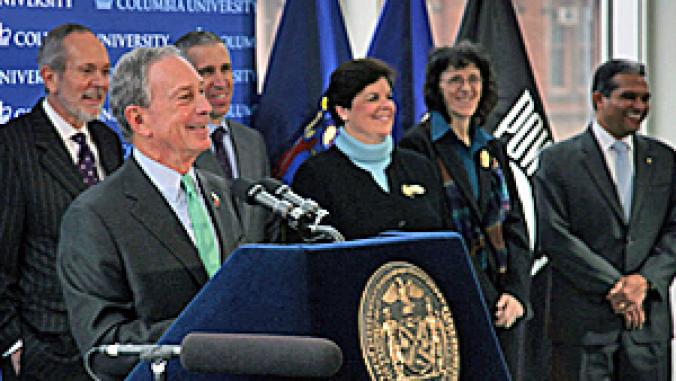SF Giants' Recycling Program Scores a Home Run, City Says
<p>AT&T Park, home of the San Francisco Giants baseball team, diverted 1,750 tons of throwaways from landfill last year, bringing the facility's recycling rate to 75 percent.</p>

AT&T Park, home of the San Francisco Giants baseball team, diverted 1,750 tons of throwaways from landfill last year, bringing the facility's recycling rate to 75 percent.
San Francisco's Environment Department shared the latest recycling stats for the ballpark last week as the Giants headed into the National League Division Series against the Atlanta Braves. (The five-game series stood at 2-1 Giants last night with the contest resuming in Atlanta later today.)
"The Giants are the best in the West, and just might be the best recyclers in all of baseball," SF Environment Director Melanie Nutter said in a statement. "This level of recycling is incredibly high for a ballpark and may even be the highest in the country for this type of facility."
The department credited ballpark Director of Maintenance Randy Gomez for the making the program a success. Each of more than 100 trash receptacles in public areas at the facility is grouped with a green composting and a blue recycling bin, and collection systems are set up in the ballpark kitchens, the Environment Department noted.
In addition to the bins, custodial crews pore over the stands after games to collect recyclables, compostables and waste, and the sorting process is aided by color-coded loading docks at the facility. Staff members from Environment Now, a green job training program that has received Recovery Act funds, also pitched in during games by helping baseball fans figure out which containers to use for their disposables.
AT&T Park's recycling rate of 75 percent in 2009 was 57 percent better than the year before, according to the Environment Department. Candlestick Park, the home field for the San Francisco 49ers, achieved an 81 percent recycling rate in 2009. Overall, the city of San Francisco is exceeding its recycling goals. It was to divert 75 percent of throwaways from landfill by 2010 and reached a level of 77 percent by 2008, the Environment Department said this summer. The city is now aiming for zero waste by 2020.
Professional sports teams in every major North American league are working to make their stadiums and operations more energy and resource efficient.
In April, the Giants' ballpark -- the first in MLB to have solar energy -- became the first in MLB to receive LEED-Silver certification under the U.S. Green Building Council's standards for an existing building, its operations and maintenance. The same month, the Minnesota Twins' new ballpark, Target Field, received LEED-Silver certification as a new green building -- as had the Washington Nationals' ballpark in 2008.
Also in April in advance of Earth Day, the NBA conducted its second annual Earth Week and the Portland Trail Blazers' facility, the Rose Garden, achieved LEED-Gold green building certification -- the highest level attained so far for an NBA site. There are four levels of certification under the USGBC's Leadership in Energy and Environmental Design rating and assessment system: basic certification, Silver, Gold and Platinum.
In August, the Consol Energy Center, where the Pittsburgh Penguins play, became first NHL arena to score LEED-Gold certification.
Image CC licensed by Flickr user calmenda.
